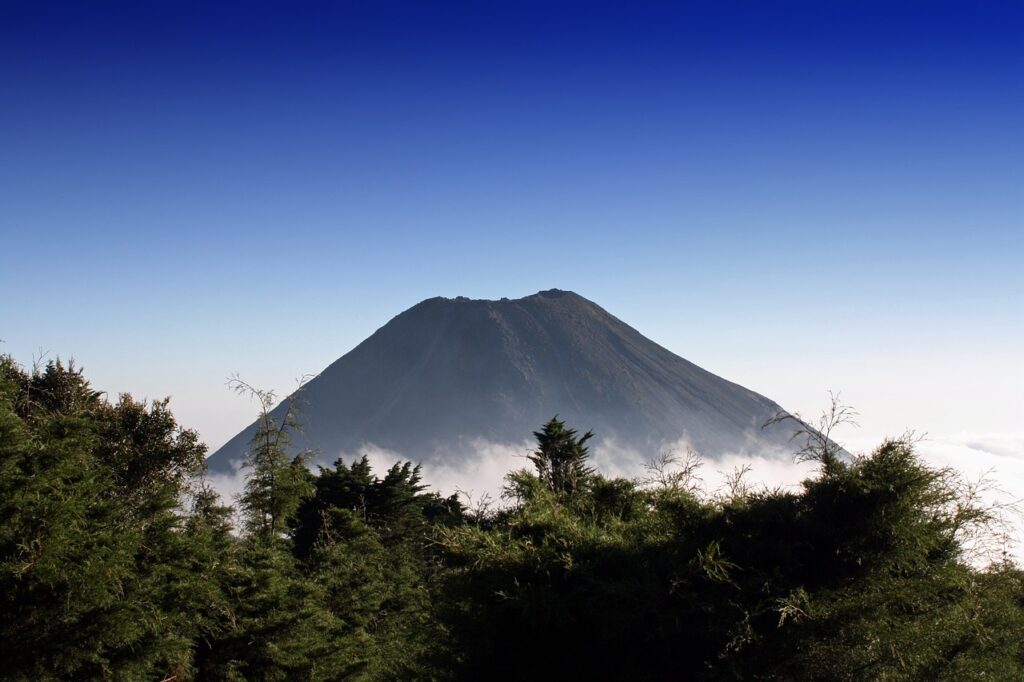El Salvador / Republic of El Salvador / República de El Salvador – Let’s explore here

What’s it like in El Salvador?
El Salvador is the smallest country in the Americas, about the same size as Wales, UK. It is the only Central American country that has no Caribbean coastline. The coastline on the Pacific is 191 miles (307 km) long.
Two mountain ranges cross El Salvador to the west with a central plateau between them. A narrow coastal plain sits beside the Pacific. The highest point is is Cerro El Pital, at 8,957 ft (2,730 m) above sea level.
Honduras’ population is around 6½ million (2023) and its capital, San Salvador is home to almost 2½ million.

A bit about the history of El Salvador
Pre-Colonial Era
Before the arrival of Europeans, the region now known as El Salvador was inhabited by various indigenous groups, including the Pipil, a Nahua-speaking people. The area was part of the Mesoamerican cultural zone and was known for its agricultural practices and complex social structures.
Spanish Colonisation
In 1524, Spanish conquistadors, led by Pedro de Alvarado, arrived in the region and began their conquest of the Pipil people. The area was incorporated into the Spanish colonial empire as part of the Captaincy General of Guatemala, which was governed from Antigua in Guatemala. During the colonial period, the indigenous population was heavily exploited for labour, particularly in the agricultural sector, with the Spanish introducing the encomienda system.
Independence from Spain
El Salvador, along with the rest of central America, gained independence from Spain on September 15, 1821, as part of the larger movement for independence in the Spanish colonies. Initially, El Salvador became part of the Mexican Empire but soon joined the United Provinces of Central America after Mexico’s collapse in 1823. The federation, however, was short-lived, and El Salvador declared full independence in 1838.
19th Century – Political Instability and Coffee Economy
The 19th century was marked by political instability, with frequent changes in leadership and conflicts over political power. The country also experienced social and economic changes, notably the development of a coffee economy, which became the main export of the country and a key driver of its economic growth. However, the coffee economy also led to increased inequality, as large landowners dominated the industry while the indigenous population and peasants remained marginalised.
The Salvadoran Civil War
In the 20th century, El Salvador faced significant political and social unrest, culminating in a brutal civil war that lasted from 1979 to 1992. The conflict was fueled by growing inequality, political repression and the rise of left wing guerrilla groups. The government, supported by the military and backed by the United States, fought against these insurgent groups. The war resulted in the deaths of approximately 75,000 people and widespread human rights abuses, with both sides committing atrocities. The war ended with the signing of the Peace Accords in 1992, which provided for democratic reforms and the integration of former rebels into the political system.
Post-War Period and Economic Challenges
Following the end of the civil war, El Salvador began a process of rebuilding and democratisation, but the country faced significant economic challenges. Poverty, unemployment and violence remained widespread, and the country became heavily dependent on remittances sent by Salvadorans living abroad, particularly in the United States. The country also experienced a rise in gang violence, with powerful criminal organizations such as MS-13 and Barrio 18 gaining control over many parts of the country. This problem has led to ongoing struggles with law enforcement and efforts to curb violence.
Contemporary Era
In recent years, El Salvador has seen political shifts, with new leadership focused on tackling corruption, crime, and poverty. The country continues to face significant challenges, including gang violence, migration issues, and economic inequality. However, El Salvador remains a key player in central America and has continued its efforts to improve its economy and political stability.

El Salvador road trip
Our El Salvadoran road trip is part of a much larger North American road trip.
Our planned Costa Rican road trip takes us from Guatemala, heading towards the capital, San Salvador, before moving on to Honduras.
No doubt we’ll explore the country much more than this continent-spanning short route shows, in particular checking more of the coast and inland El Salvador.
Hopefully our journey will improve our knowledge of this intriguing and beautiful country, and enable us to meet some interesting people. We’ll be updating this page at that time – don’t forget to check back 🙂
Map of our road trip through El Salvador

What’s it like to drive in El Salvador?
They drive on the right hand side of the road in El Salvador. The man roads are in quite good condition, however many minor roads are in very poor conditions. Driving standards are poor.
Cross borders in the morning, due to crime at the border points, in particular the Guatemalan border, giving you time to reach your destination before dark.
We’ve also created a dedicated page to driving abroad, which you might find helpful 🙂
What currency do they use in El Salvador?
In El Salvador they use the US dollar. Bitcoin is also widely accepted. Cash is widely used. The use of credit / debit cards is widely accepted in major cities, although not in rural areas. Travellers cheques are not accepted in the main. There are ATMs in cities, although not all accept foreign issued cards.
You should make yourself aware of the amount that your bank charges you for using credit and debit cards abroad. Often credit cards are cheaper for purchasing items directly, and for withdrawing cash from ATMs.
What language do they speak in El Salvador?
They speak Salvadoran Spanish in El Salvador. English is spoken in tourist areas.
What time zone is El Salvador in?
Remember, when you’re planning your next trip to take a look at what time zone it’s in.
Do I need a visa to visit El Salvador?
We’ve created a dedicated, more comprehensive page on visas, which you should find helpful. Check it out!
Is wild camping legal in El Salvador?
Yes, wild camping is fine in El Salvador, although make sure the land is not private.
What plug / socket type do they use in El Salvador?
In El Salvador they use plug / socket types A and B.


Health issues in El Salvador
Is it safe to drink water in El Salvador?
Yes, it is safe to drink tap water in El Salvador. Bottled water is also readily available across the country.
What vaccinations are required for El Salvador?
This NHS website is kept up to date with all relevant information on vaccinations in El Salvador.
Phones in El Salvador
What is the country calling code for El Salvador?
The country calling code for El Salvador is +503
What are the emergency phone numbers in El Salvador?
- The emergency number for police in El Salvador is: 911
- In El Salvador, the emergency number for ambulance is: 132
- The emergency number for fire in El Salvador is: 913
If you’ve got useful info that you’d like to share, let us know!
And don’t forget to check out all the other pictures!
